Sediment Acoustics
$77.00
Sediment Acoustics by Robert D. Stoll ISBN: 9780932146144
The sea bottom consists of marine sediments, soils, and sedimentary rocks that are porous materials. Sound propagation through those porous materials is significantly different than through bodies of water, per se. Broad understanding of the physical processes of sound propagation through these bottom sediments of is of great importance in mine hunting, detection of submarines, seismic mapping and the exploration for oil and gas.
This book, Sediment Acoustics, brings us to that understanding. It teaches us the physical process of sound propagation through porous media and leads us to a practical mathematical model, designed to predict sound propagation, speed and attenuation properties in marine sediments. The text develops the model, the fundamentals of which are based on Biot theory. Stoll, the author, coalesced Biot theory with results of years of experiments, and developed a unified concept of sound propagation in marine sediments now sometimes referred to as the Biot-Stoll theory. It is this model that is used as a guide in planning and interpreting experimental acoustic sediment work; for interpretation of sea bottom seismic mapping; for exploration and prediction of locations of undersea oil and gas; mine hunting; and the detection of submarines in antisubmarine warfare. In Chapter 1 the elements of basic Biot theory are presented and used to develop a mathematical model for water-saturated sediments. Chapter 2 presents parametric studies to help visualize the effects of variations of the input parameters to the model. Chapter 3 discusses the mechanics of the granular media, characterized by input parameters, and their effect on the acoustic response and anisotropy. Chapter 4 looks at experimental methods used to study dynamic moduli, that is, coefficients associated with physical properties of the sediment constituents. Chapter 5 addresses the evaluation and selection of parameters to be used in the math model. And in chapter 6, the model is exercised and its output predictions compared with the results of field experiments. The chapter concludes with a detailed discussion on how to choose realistic input parameters for effective geoacoustic modeling.
Sediment Acoustics is the seminal book in the field. It is the prime source for gaining understanding of the fundamental physical processes and a practical handle on modeling sound propagation in marine sediments.
Reviews
There are no reviews yet.
Related products
Propagation
Noise Control
Signal Detection
Antisubmarine Warfare
Principles of Underwater Sound, Third edition (Soft and Hard Covers)
Propagation
Acoustics
Aeroacoustics
Antisubmarine Warfare

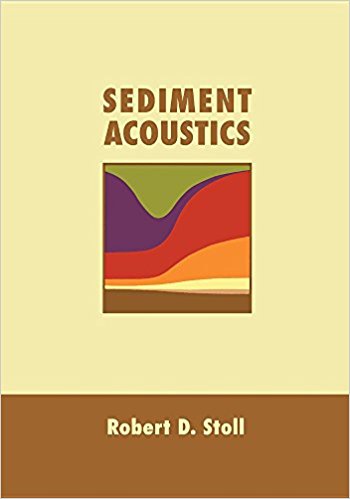
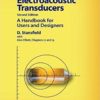
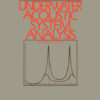
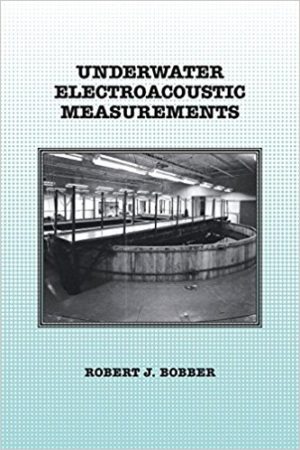
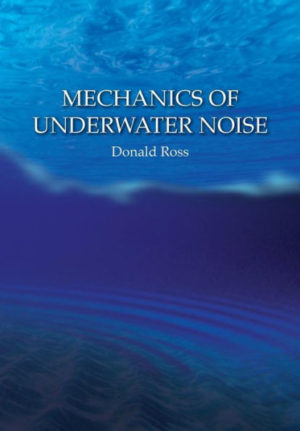
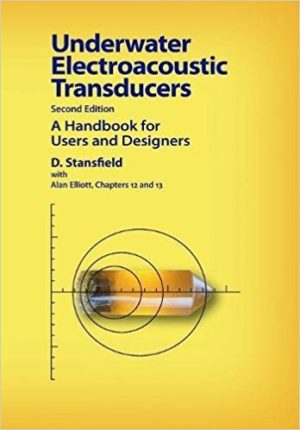
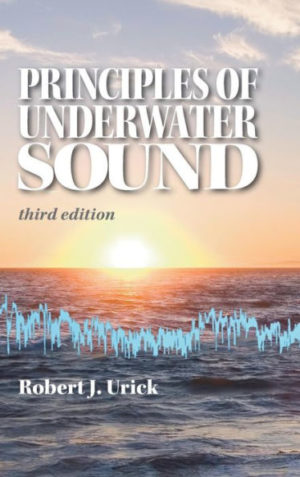

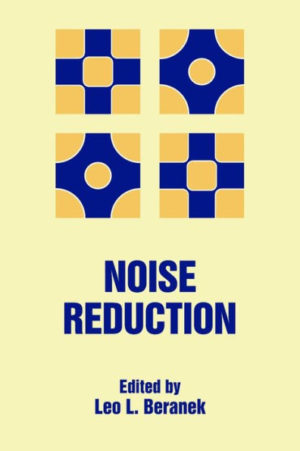
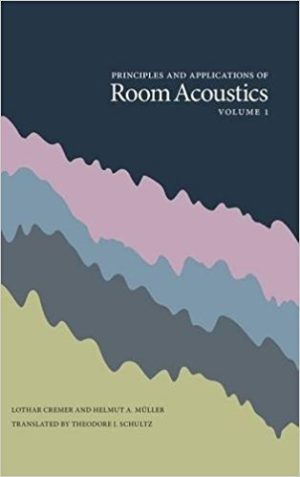
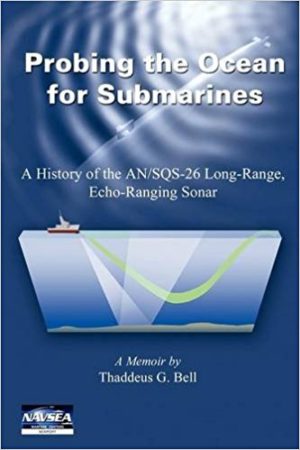
Be the first to review “Sediment Acoustics”